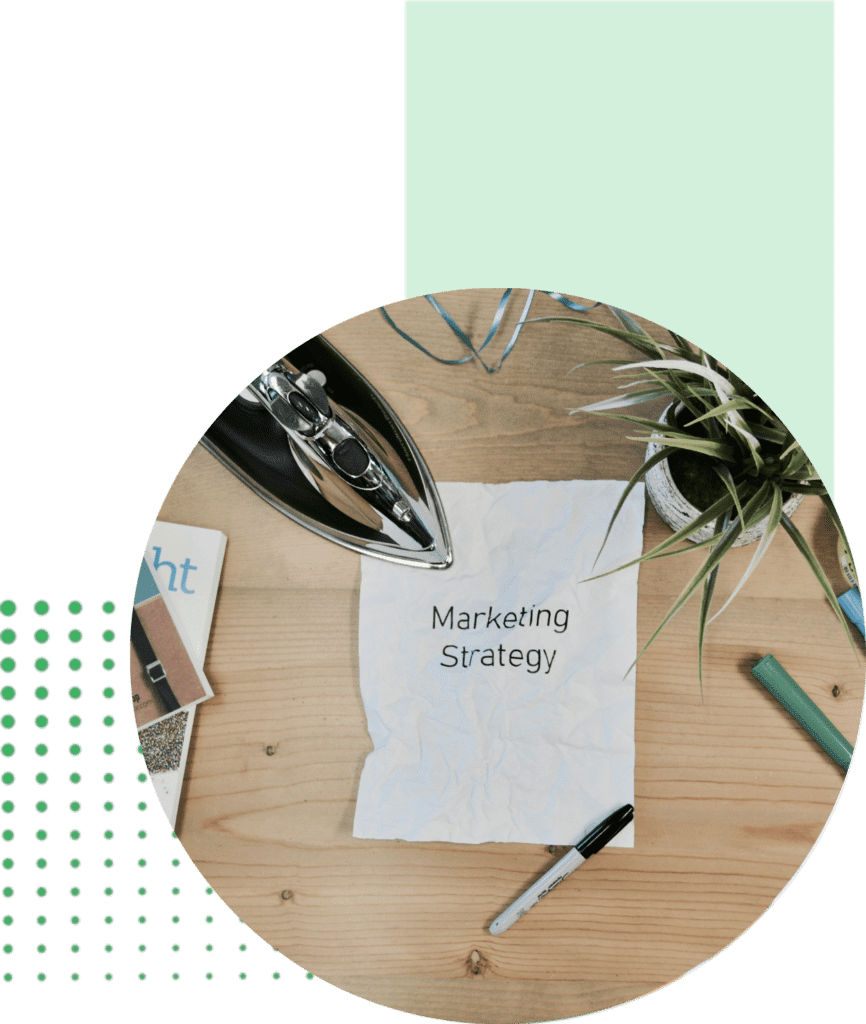Mettre en place une stratégie
D'INBOUND MARKETING
Cette formation vous permettra d’acquérir de solides connaissances et compétences pour définir vos buyer personas, créer du contenu de qualité, mettre en place des landing pages, construire des scénarios de nurturing et suivre les indicateurs de pilotage.

DÉCOUVREZ NOTRE FORMATION
Objectifs
- Maîtriser les fondamentaux d'une stratégie Inbound et l'ensemble des outils liés pour une mise en oeuvre rapide
- Mettre en place des tableaux de bord et des indicateurs clés de l'Inbound Marketing pour piloter et optimiser vos actions et lead générés
- Intégrer les nouvelles approches marketing à vos techniques pour attirer vos clients puis les rendre fans de votre marque
Intra
Nos sessions en INTRA vous permettent de personnaliser la formation à votre contexte et vos enjeux, avec des options d’ancrage spécifiques.
Contactez nous pour une proposition adaptée à vos besoins.

Contenu
- 5 sessions visio de 2 heures ou 2 jours en présentiel
- 3 heures via des capsules e-learning avant chaque session
Délai d’accès à la formation : La formation peut démarrer 8 jours après la signature de la convention ou réception de l’accord de prise en charge OPCO.
Nouveauté 2024










Programme
Déroulé de la formation
Les fondamentaux de l'Inbound Marketing
- L’entonnoir Inbound Marketing
- La fiche persona
Activités pratiques:
- Quels indicateurs clés de performance mettre en place pour évaluer vos taux de transformation ?
- Finalisez votre fiche persona consolidée
Les canaux et la ligne éditoriale
- Le parcours d’achat
- La matrice Content Marketing
Activités pratiques:
- Finalisez les étapes de votre parcours d’achat
- Finalisez la liste des contenus exploitables
Le copywriting
- Le template de la charte éditoriale
- Le template du calendrier éditorial
- Le checklist copywriting
Activités pratiques:
- Finalisez votre planning éditoriale
- Ecrivez l’un de vos contenus avec la méthode AIDA
La mise en place de votre premier tunnel de vente
- Matrice AARRR
- Conversion Funnel Backlog
Le scoring des leads et le nurturing
- Le template de Lead Scoring
- La trame “Séquence de messages LinkedIn et e-mail”
Activités pratiques:
- Rédiger 2 messages personnalisés sur Linkedin
- Rédiger une séquence de 3 emails de prospection
Après la formation
- Questionnaire de validation des acquis

Avant chaque session
Les participants réalisent le e-learning correspondant.

Pendant la session
Le formateur anime avec quizz, exercices individuels ou collaboratifs, challenges, mises en situations.

Après chaque session
Les participants ont des exercices de mise en application dans leur contexte.
MODALITÉS DE LA FORMATION
Public
Commerciaux, business developers, technico-commerciaux, Consultants, Managers Commerciaux.
Toutes nos formations sont accessibles aux personnes en situation de handicap. Contactez-nous pour un accompagnement spécifique et adapté à vos besoins.
Prérequis
Un questionnaire de positionnement est envoyé avant le début de la formation pour évaluer le niveau avant l’entrée en formation.
Evaluation
À l’issue de la formation, un questionnaire de validation des acquis sera remis aux participants afin d’établir le niveau d’atteinte des objectifs de la formation.
Le résultat de ce questionnaire sera restitué au client en fin de formation, au cours d’un rendez- vous de suivi post formation (débriefing).
DE NOMBREUSES FORMATIONS DISPONIBLES
Découvrez également
Formation pour construire son persona, déployer une stratégie de growth hacking, suivre ses leads et optimiserle process marketing/vente.
Formation pour acquérir de solides compétences et connaissances concernant la gestion d’une solution CRM.



